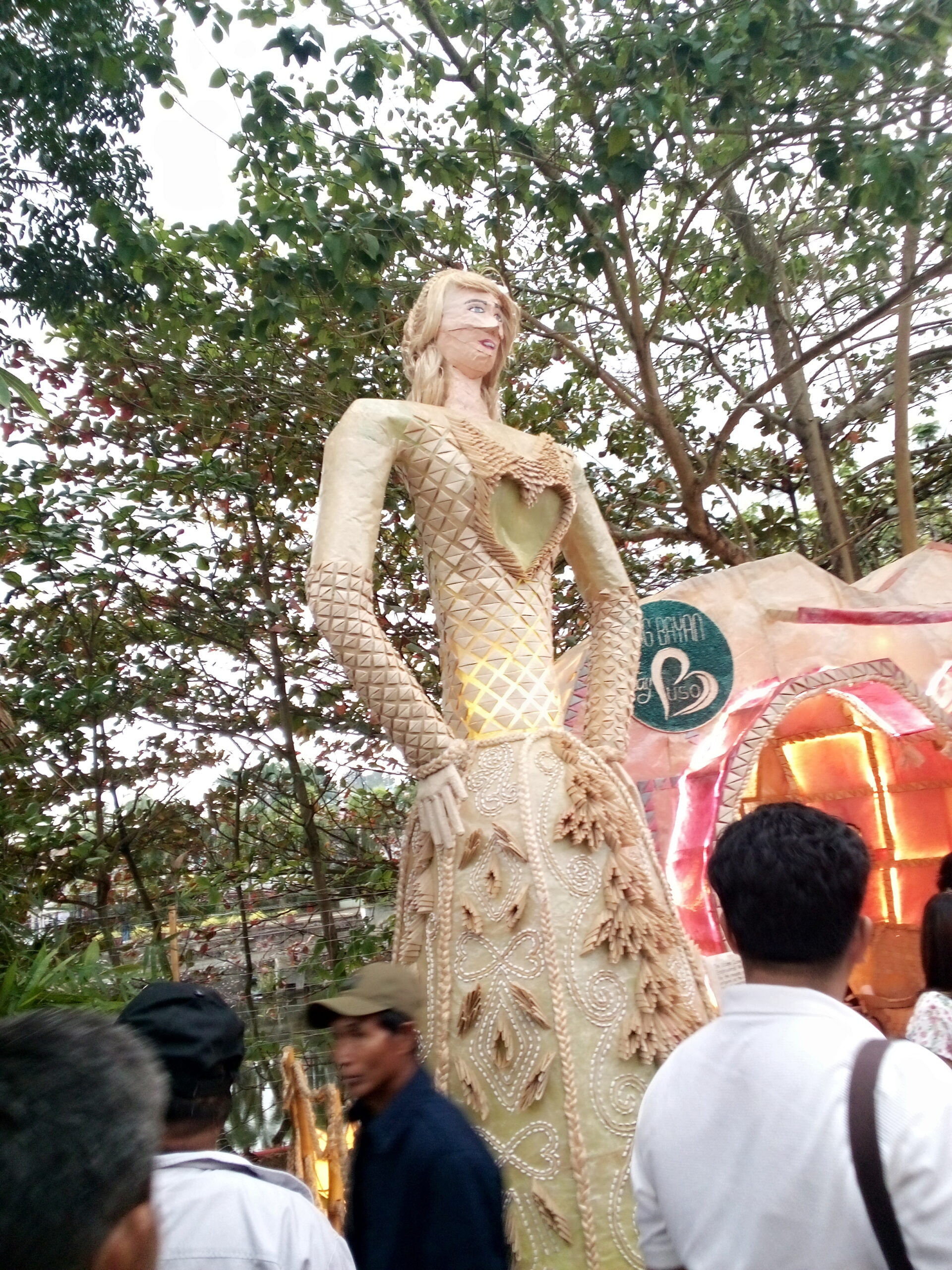
The province of Isabela in Cagayan Valley region was named after Queen Isabella II of Spain and not Queen Isabella I (I stand corrected on this by a cousin, Nolé Guerrero, based in the United States), the warrior queen who earlier, along with King Ferdinand II of Aragon, defeated the Moors who ruled Spain for 800 years.
Now, the rule of Isabella II (1833-1868) was marked by political instability and the power of military politicians. She did not respond to demands for a more progressive regime, had a “questionable” private life and was politically irresponsible, factors which led to her being deposed in the revolution of 1868; she sought exile in Paris.
I sometimes wonder why the province of Isabela was named after Isabella II, but let us leave that question to historian Ambeth Ocampo.
Today, as you enter Isabela, the first thing that you will notice is the mountain, actually a mound awash in greenery, on which this inspirational message in giant capital letters in white is visible: “Isabela Thy Will Be Done.” It is the entrance to the vast rice and corn fields of the province, which are guarded by the scarecrows (bambanti in the Ilocano language), usually made of hay, straw, leaves, grass, wood chips and old clothing.
The bambanti serve to protect the fields from birds and other pests. “Although inanimate,” says an Isabelaño partisan, “these scary human-shaped mannequins serve as friends and a source of hope for our humble folks and resilient farmers.”
These giant scarecrows are the rationale for the Bambanti Festival 2024, held recently by the provincial government headed by Gov. Rodolfo T. Albano III and Vice Gov. Faustino “Bogie” Dy III; the latter was the director general of the festival, considered a big event in this festival-crazy province.
Varied attractions
National media coverage of the Bambanti Festival will not be complete without a selective tour of the many ecotourism attractions of Isabela, which on that day included the historical churches in Gamu and Alicia towns; the Hacienda de San Luis by the bay, a former Spanish tabacalera (cigar factory) which has morphed into an adventure and ecotourism park; the Bonsai no Santo Garden, the Japanese Tunnel in Ilagan, where you see at the entrance a sculptural Japanese soldier harassing a fallen Filipino; the picturesque Magat Dam; a hanging bridge over onrushing waters of a river; and a crocodile center in a remote forested area in the campus of Isabela State University.
Highlights of the festival proper were the parade of colors, with elaborately attired dancers gyrating and marching to the Isabela Sports Complex; the Bambanti Village, with its towering scarecrows; and the “showdown” or dance competition among the contingents from the province’s cities and towns. The street dancers first marched around the complex and then a second, and more spectacular show, took place in the grand stage with its giant video screen.
‘Higantes’
The Bambanti Village, announced by a big welcome arch, was set up in front of the Provincial Capitol and beside a riverine setting. The place attracted huge crowds, shoulder to shoulder along the narrow pathway. Parents brought their children along to gawk at the higantes. Only one small child appeared to be frightened by the bambanti, and that was because his older siblings were trying to bring him closer to one giant scarecrow; the mother intervened.
There were all kinds of bambanti. The intent was to be creative, not to frighten. One female figure in beige exuded love; another held corn cobs. One bambanti was not really guarding the fields but sailing away! Another female, filled with tin cans, was offering rivulets as if under a waterfalls. Only one scarecrow had the face of a monster but it was surrounded by bananas. Eagles and bears were part of the show, and there was even one saint.
At the Isabela Sports Complex, in a blaze of color—blue, red, green, white, pink and violet—the province’s choreographers and designers showcased their best efforts, as the contingents danced, marched, gyrated, chanted and went through their steps. The gymnasts sailed through the air, always a star attraction. Balancing acts were performed. Thousands filled the bleachers of the stadium, with each contingent having its own cheering squad.
The climax of the festival was a rock concert at this venue, featuring The Juans. Lead vocalists Carl Guevarra and solo artist Morissette Amon knew how to galvanize the already keyed-up crowd, mostly screaming youths: singing, dancing, running to the platform in front of the bleachers, throwing T-shirts right and left, along with provocative one-liners: “Are you in a relationship?”
The climactic fireworks can only be described as spectacular, as the organizers strive to make each Bambanti Festival just as good, if not better, than the previous years. —contributed INQ